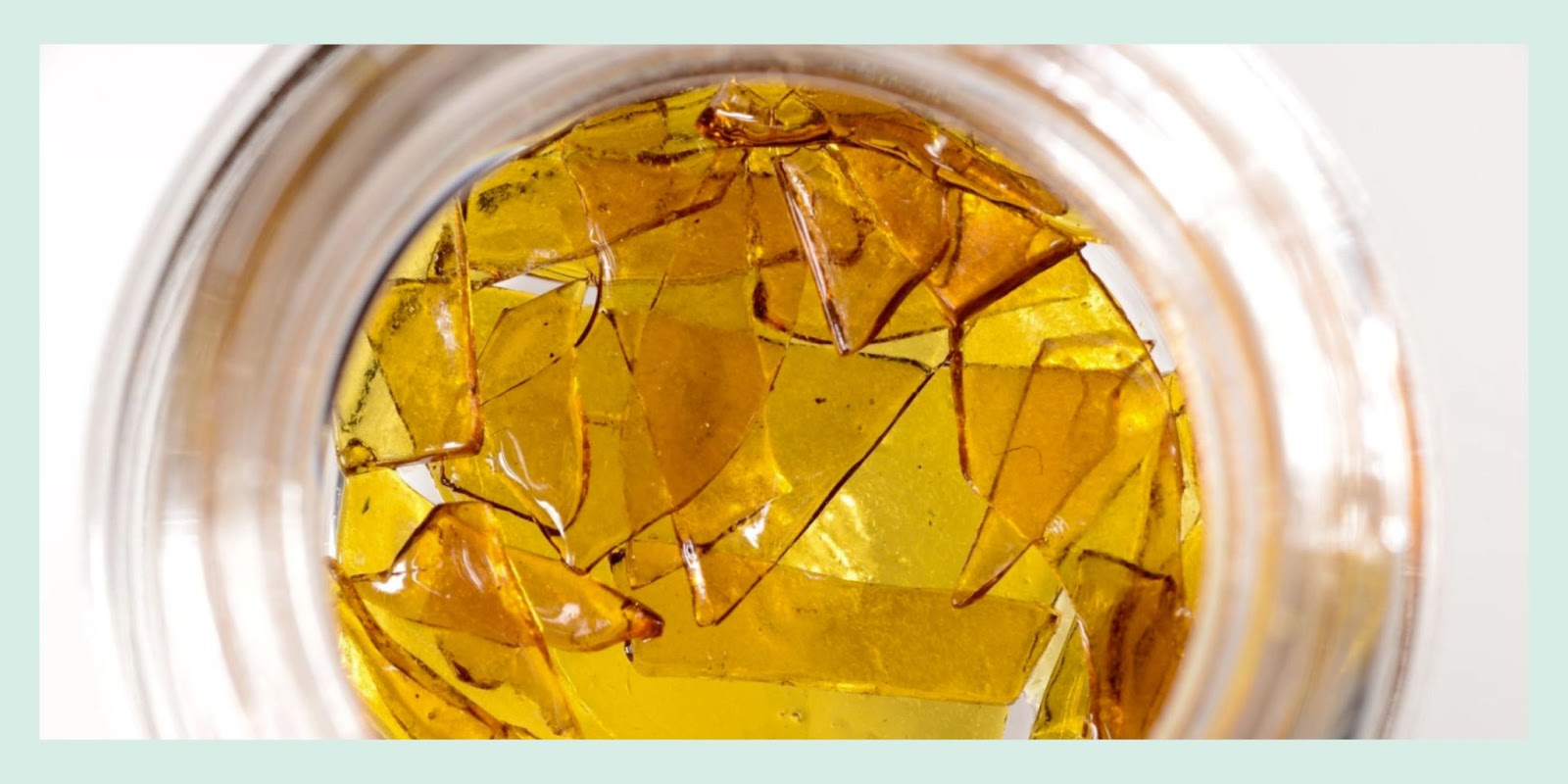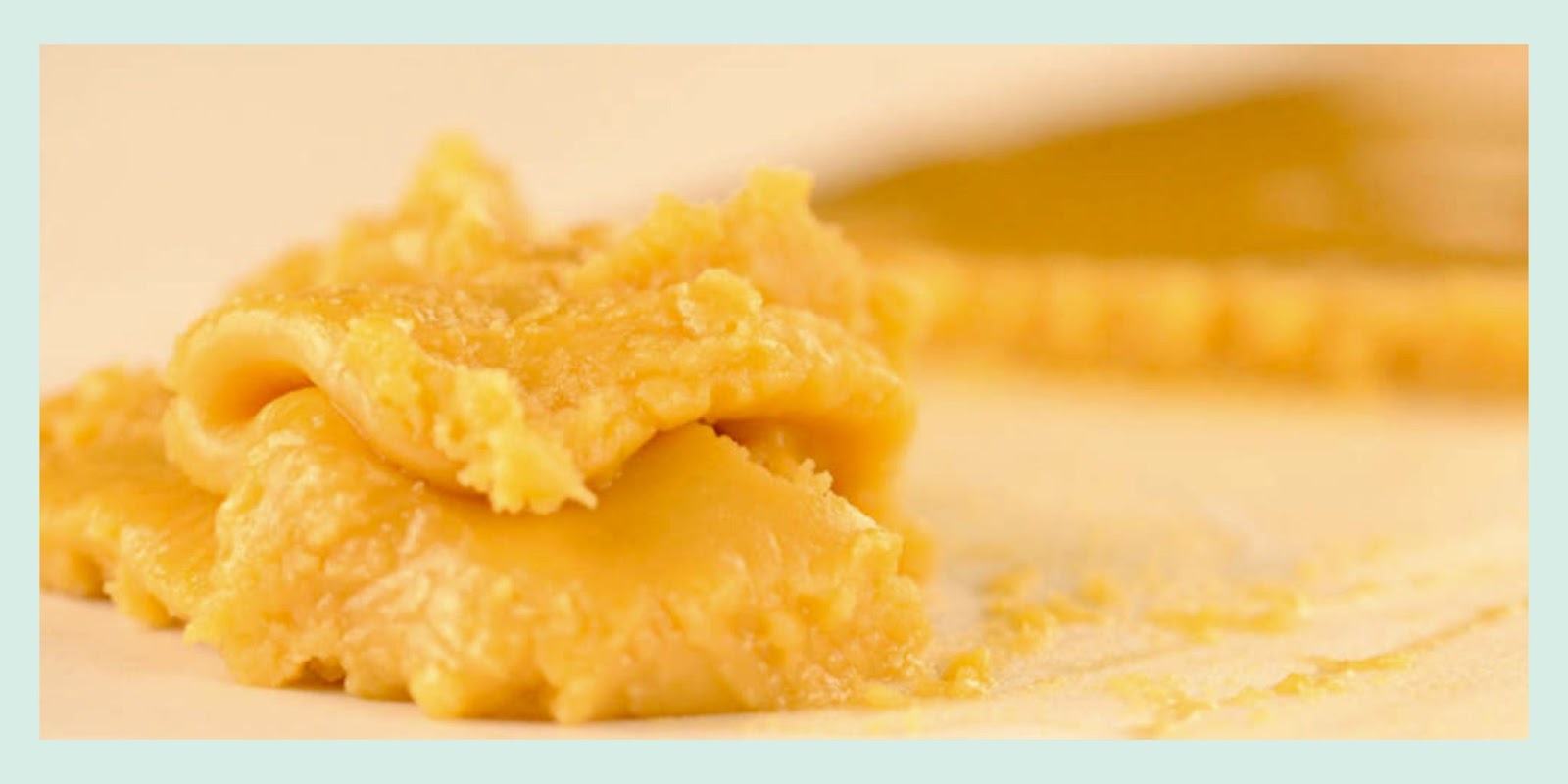Cannabis Concentrates 101: A Guide to Terms, Usage, Potency, and Testing
Concentrates 101: A Guide to Terms, Usage, Potency, and Testing
Cannabis concentrates are the number one growing category in the industry today, with dispensaries adding more than 300,000 new high-potency extracts this year alone. This 600% increase allows brands to innovate as they drive higher annual sales. At the same time, brands must take this moment as an opportunity to educate consumers about how these products work.
Even as the industry matures, there’s still a lot of confusion about the differences between cannabis concentrate types–from potency to usage to equipment and safety.
Let’s explore.
What are cannabis concentrates?
Cannabis concentrates are condensed accumulations of the plant’s trichomes, encompassing the highest concentration of cannabinoids, terpenes, and flavonoids. The resulting products typically contain 60% or more THC and vary in consistency, appearance, terpenes, and effect profiles. Manufacturers utilize various extraction techniques to produce cannabis concentrates, but all fall into two main categories: solvent-based and solventless.
● Solventless: This extraction technique uses agitation to break resin heads off cannabis material. Then it utilizes low-heat, high-pressure equipment to melt the trichomes into concentrated oils. Solventless extracts do not require chemicals during production and fall into the “rosin” family of concentrates. Rosin products include rosin fresh press, rosin badder, rosin jam, rosin dry sift, and 6-star hash.
● Solvent-based: Unlike rosin extracts, solvent-based extracts harness solvents to strip the trichomes away from the plant material. Typical solvents include butane, ethanol, methanol, or CO2. After extraction, manufacturers must purge the solvents from the formula to create a safe, clean final product.
This article will focus on the most popular solvent-based cannabis concentrates using butane hash oil (BHO) extraction methods.
Cannabis Concentrates: Products, Usage, and Potency
1. Wax Concentrates

Look and Feel
Wax concentrates have a sticky wax consistency. They’re typically dense, sometimes granular, and often look golden in color. Wax concentrates are known for their intense aroma and robust flavors that vary depending on the cultivar from which they’re produced.
Potency
Most wax concentrates fall between 60% and 80% THC but can exceed 90% in some cases.
Why They’re Waxy / How They’re Made
Butane hash oil extraction is the most common way to produce cannabis wax, which blasts the plant material with butane and extracts all the cannabinoids, terpenes and flavonoids into a gooey, concentrated resin. Butane’s low boiling point dissolves cannabinoids, aromatic terpenes and flavonoids from the plant material to retain the original aromas and flavors. The extracted cannabis oil is then heated to a specific temperature and agitated until it forms its golden color and waxy texture.
Terpene Content: High-quality wax concentrates are produced from cured bud with relatively high terpene content. These products have relatively notable terpene levels of around 5.9% when carefully extracted. Depending on the manufacturer and original flower, this number will vary by a couple of points.
Usage
Vape pens don’t usually handle wax well, and lighting wax directly to smoke destroys much of the temperature-sensitive terpenes. Most experienced cannabis users consume wax concentrates through a dab rig, a specialized type of bong, or a water pipe with an attached nail to smoke dense concentrates like wax via water vapor.
Another popular method is a full-scale vaporizer, which has coils that burn to sufficient temperatures to handle wax. Because dab rigs and vaporizers turn wax into a vapor, these methods might also reduce lung damage linked to smoking and allow the user to feel the effects immediately.
2. Shatter

Looks and Feel
Shatter is a type of wax concentrate that is thin, like hard candy, and looks like glass. Top-quality shatter is nearly transparent, with a signature amber color.
Why They’re Glassy / How They’re Made
The typical extraction process for shatter also involves butane. However, it uses more heat than wax and mixes the extract less aggressively to produce its final texture. Shatter requires more precision because the molecules must remain tightly aligned, allowing light to pass through, resulting in its more transparent, glassy color. Shatter also involves meticulous filtration, which contributes to its hard candy consistency.
Potency
Shatter typically retains about 80% to 90% THC potency. Unlike live resin, shatter contains lower terpene content because it undergoes multiple purifications and filtration processes to achieve its pristine structure.
Terpene Content: A type of wax, high-quality shatter typically has similar terpene levels–around 5.9%.
Usage
Due to its glassy texture, shatter is more challenging to work with than other concentrates, such as wax. However, it is more stable and has a longer shelf life. Due to shatter’s rigid, brittle consistency, it must burn at consistently high temperatures for the best effects, which can easily damage equipment like standard vape pens. The two most common methods for smoking shatter are dabbing it and vaporizing it. Vaporizing involves placing the shatter in a container and heating the air around it, so the shatter doesn’t burn directly.
3. Budder, Badder, Batter

Look and Feel
Budder, badder, and batter are all essentially the same type of wax concentrates. Budder has a smooth, whipped consistency like butter, whereas badder and batter are sometimes more saucy, loose, or bumpy. The production method preserves many of the plant’s terpenes, making budder one of the most aromatic and flavorful cannabis extracts on dispensary shelves behind live resin.
Why They’re “Buddery” / How They’re Made
The budder extraction process often uses butane or CO2 to pull the terpenes and cannabinoids from the flower. Afterward, manufacturers aggressively stir the concentrate, encouraging the cannabinoids to crystalize while keeping out air bubbles. The agitation process doesn’t last as sticky wax concentrates, giving the budder its thick, creamy consistency.
Potency
Budder has high THC ranges of 80% to 90%. The whipped process achieves a homogenous concentrate with an equal distribution of terpenes and cannabinoids for a flavorful final product.
Terpene Content: A type of wax, high-quality budder typically has similar terpene levels–around 5.9%.
Usage
Budder’s fluffy, frosting-like texture makes it very malleable, so it’s easy to scoop onto dab tools for almost effortless consumption. In addition to the dab rigs and vaporizers used for other concentrates, budder is easy to smoke in a joint, blunt, or bong. However, combining it with some ground flower is best to ensure it burns properly. Users must spread the budder evenly on the joint paper or blunt wrap prior to adding the flower.
4. Sugar and Crumble

Look and Feel
Sugar and crumble concentrates are flavorful products with a richer terpene profile than shatter or budder. At the same time, these products don’t quite match the aromatic superiority of live resin. Sugar and crumble color ranges from pale yellow to deep amber. Crumble looks like sugar clumps and is probably the driest form of cannabis concentrate.
Why They’re Crumbly / How They’re Made
Crumble and sugar follow similar extraction processes as other concentrates, but the difference is that crumble uses lower heat for a more extended period in a vacuum oven. This longer cooking time decreases the risk of mold while creating a dry consistency.
Potency
Crumble and sugar are potent concentrates that contain up to 90% THC.
Terpene Content: Typically fewer terpenes than sauce and live resin but more than wax and budder, sugar, and crumble contain around 10% terpene content.
Usage
The sugar texture makes it easy to handle and ideal for sprinkling on a rolled joint. It is also easy to vaporize on a rig or dab setup. Sugar is slightly wetter than crumble, making a vaporizer its best consumption method.
5. Sauce

Look and Feel
Sauce’s unique combination of crystals and higher terpene levels give it a dense, oily consistency like marmalade or applesauce.
Why They’re Saucy / How They’re Made
The extraction process is roughly the same as for other solvent-based extracts. However, the first step normally involves flash-freezing the buds to retain a high percentage of terpenes. The process also takes longer with sauce (sometimes called “terp sauce), lasting up to a few weeks (as opposed to 24 to 72 hours). During this time, the THCA crystals form and sink to the bottom while the terpenes rise to the top, creating a layer of goo and the “saucy” consistency.
Potency
Sauce can contain 60% THC. While most concentrates aim to retain the highest amount of THC, sauce focuses on retaining terpenes for robust flavors. As a result, it often has lower THC levels than other concentrates, although still much higher than flower. Also, while other extracts aim to keep cannabinoids and terpenes fully integrated, sauce concentrates have varying levels of uniformity, meaning one hit of sauce can taste different than the next.
Terpene Content: By far the most terp-heavy of solvent-based concentrates, cannabis sauce typically contains between 13% and 40% terpene levels.
Usage
Sauce can look like a confusing mess if you’re not accustomed to concentrates; however, the consistency is not as runny as the name suggests. Most users like to dab or vaporize it similarly to other concentrates. Some companies also produce “terp sauce” cartridges, especially for vaping sauce concentrates.
5. Live Resin Concentrates

Look and Feel
Live resin products generally have a sticky consistency, almost like taffy. However, manufacturers can manipulate the final texture to be saucy, sugary, or buttery, depending on the processing method. In terms of color, live resin concentrates are typically dark yellow but can vary from light yellow to white.
How They’re Made
Live resin is a craft solvent-based extract created from flash-frozen cannabis material. The flash freezing process helps preserve the plant’s natural terpenes and cannabinoids to ensure the final product retains the strongest aromas, flavors, and whole-plant benefits compared to standard concentrates. As a result, cannabis connoisseurs praise live resin as the top-quality concentrate.
Potency
Most live resin concentrates retain 65% to 95% THC content, depending on the cannabinoid profile of the live plant.
Terpene Content: When carefully extracted, live resin products contain similar terpene profiles as sauce–13 to 40%.
Usage
Live resins are ideal for vaping with a dab pen or smoking on a standard dab rig.
Are Concentrates Safe?
When used responsibly and sourced from a reputable dispensary, THC concentrates are safe to use. Extraction labs and manufacturers have developed increasingly sophisticated equipment for higher-volume production methods to keep up with the public demand for cannabis concentrates. However, before selling to consumers, organizations must thoroughly test the final product for residual solvents and other contaminants. Customers should always review the COA (certificate of analysis) before purchasing a concentrated product. A COA is a verified document that provides details about product potency and is vital for consumers to verify the product is free from heavy metals, pesticides, molds, and bacteria.
The Bottom Line
Concentrates are the fastest-growing product segment in the cannabis marketplace, and they come in many textures and flavors. Their high THC and terpene content offers intense effects and therapeutic benefits with a tiny amount—often just a fraction of what users require from cannabis flower.
At the same time, most concentrates involve harsh chemical solvents to extract and harness the plant’s terpenes and cannabinoids. Therefore, extraction processes must include removing these chemicals and verifying that the final product is pure. ACS Laboratory offers comprehensive testing panels for potency and residual solvents, along with a COA confirming the results.
Reach out to learn more and start testing today.


.jpeg)

.png)
.png)
.png)
.png)
.png)